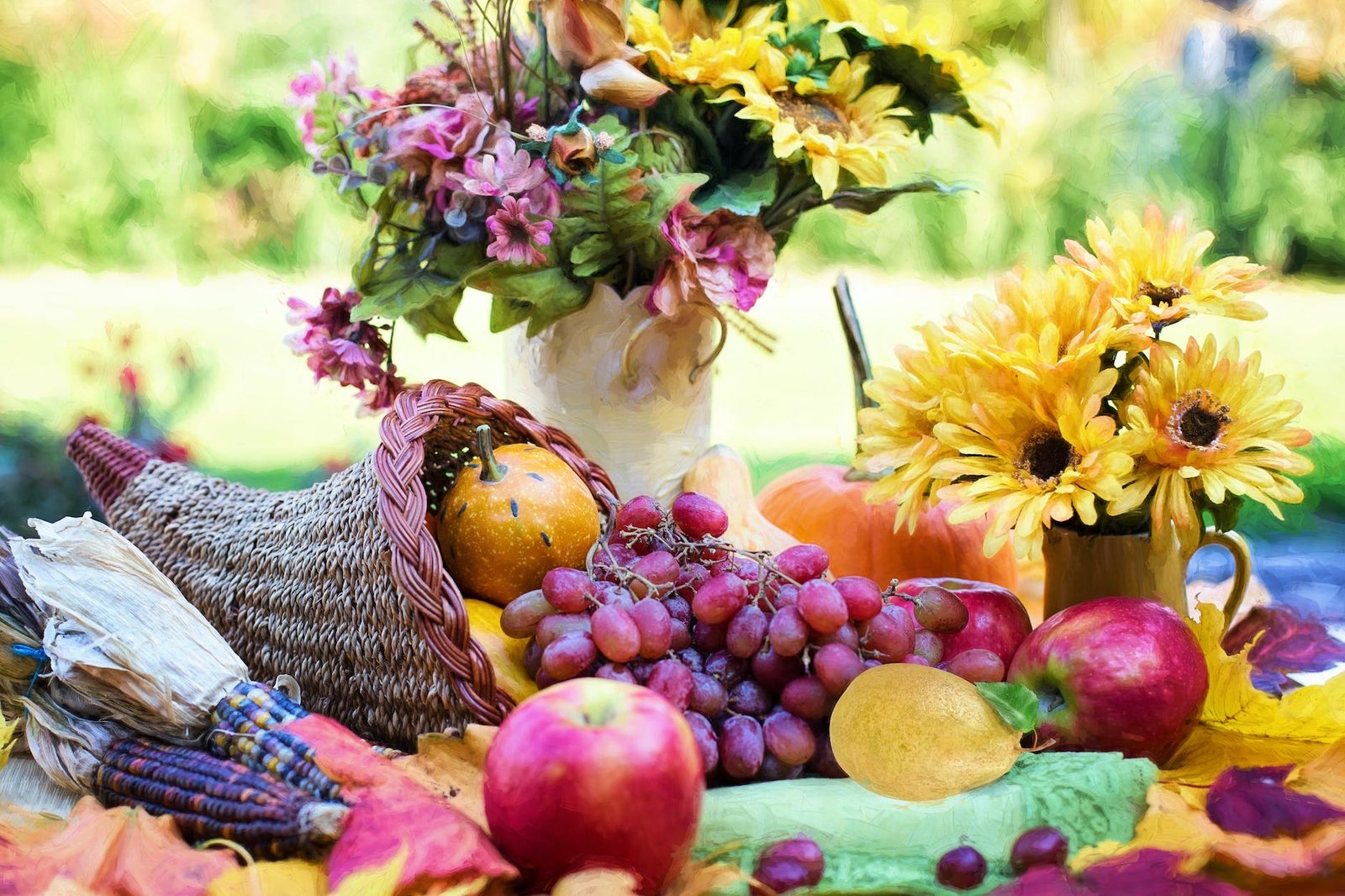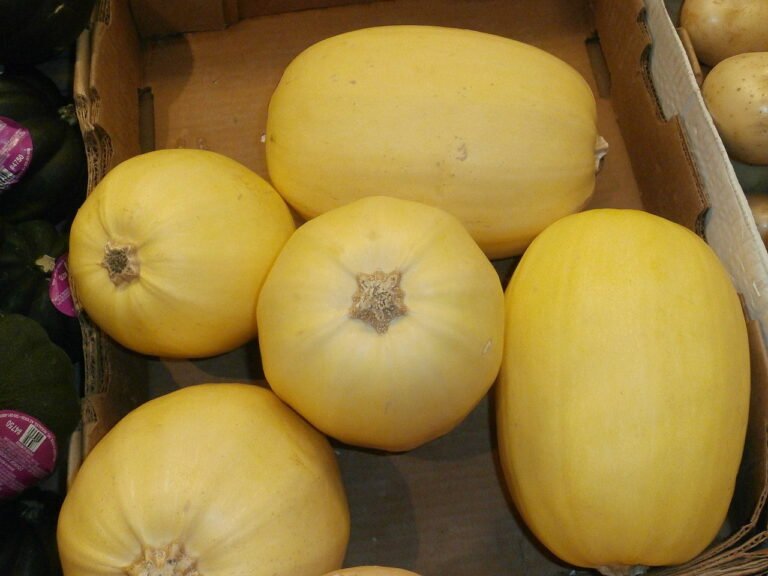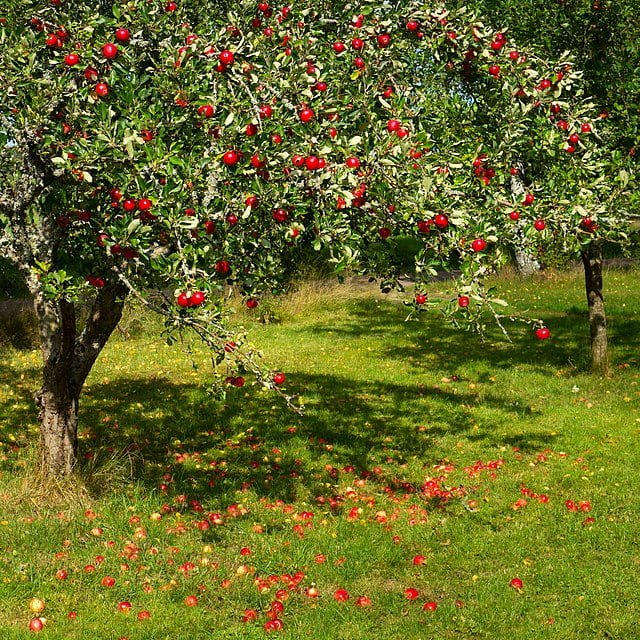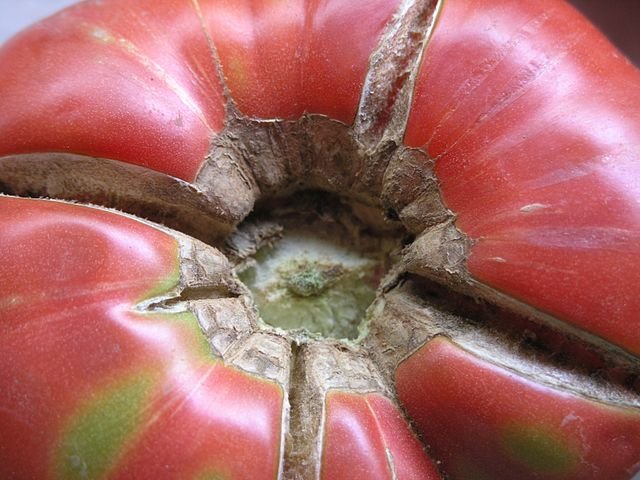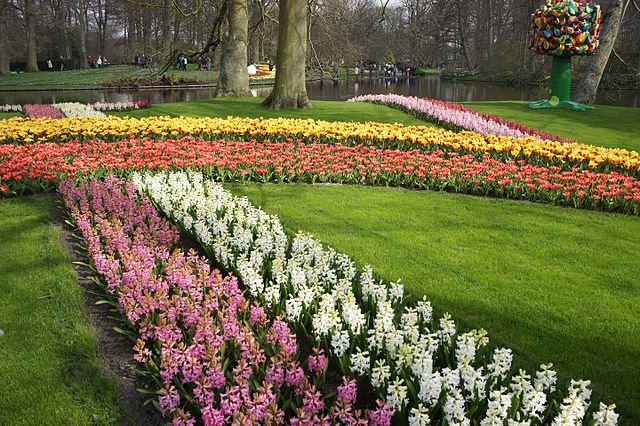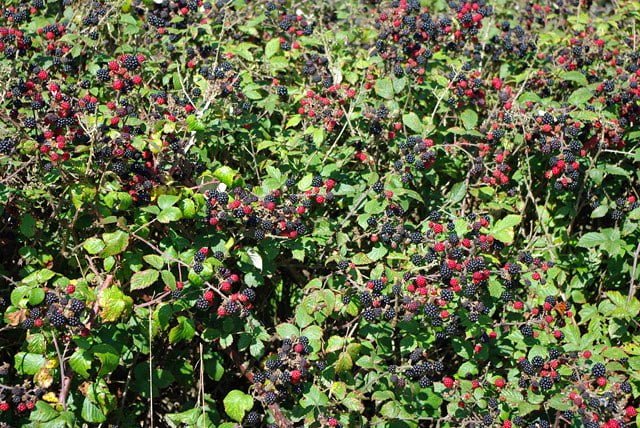The Horn of Plenty: Unearthing the Cornucopia of Garden Delights
The Horn of Plenty, or Cornucopia, is a powerful emblem that has traversed through the annals of time, symbolizing abundance and nourishment. Its origins are steeped in ancient Greek and Roman mythology, yet its essence is palpably relevant in today’s garden landscapes. As modern-day gardeners, we strive to create our own Horn of Plenty through diligent cultivation, fostering a lush tapestry of flora that nourishes the body, delights the senses, and feeds the soul.
Historical Underpinnings
The tale of the Cornucopia begins in the mythological realm. According to one popular lore, it was the horn of Amalthea, the divine goat who nurtured Zeus, the king of the gods, during his infancy on Crete. It is said that Zeus, while playing with his caretaker, accidentally broke off one of her horns, which then turned into an endless source of nourishment.
The Cornucopia in Art and Culture
The depiction of the Horn of Plenty, brimming with fruits, vegetables, and flowers, has been a recurrent theme in art and culture. It’s an enduring symbol of fertility, prosperity, and the harmonious bounty of nature. The image of a twisted horn overflowing with produce has not only adorned paintings and sculptures but has also been a staple in harvest festivals and Thanksgiving celebrations.
Modern-Day Cornucopia: Creating a Garden of Abundance
In a contemporary setting, the Cornucopia inspires gardeners to create a lush and productive garden. The philosophy of permaculture, with its emphasis on creating a self-sustaining garden ecosystem, mirrors the essence of the ancient Cornucopia. Through thoughtful design and sustainable practices, modern gardeners can manifest a Horn of Plenty in their backyards.
Planning for Abundance
An abundant garden begins with meticulous planning. Consider the soil quality, sunlight, and water availability in your garden space. Choose a variety of plants that thrive in your specific climate and soil conditions. Incorporate a mix of vegetables, fruits, herbs, and flowering plants to create a visually appealing yet functional garden.
Organic Practices
Organic gardening practices are at the heart of cultivating a modern-day Cornucopia. By avoiding synthetic fertilizers and pesticides, you allow nature to flourish in its authentic essence. Composting, mulching, and practicing crop rotation are fundamental aspects of organic gardening that enrich the soil and promote a healthy, productive garden.
Community and Sharing the Bounty
The Cornucopia is not just a symbol of personal abundance but a communal one. Sharing the bounty of your garden with the community embodies the true spirit of the Horn of Plenty. Establishing a community garden, participating in local food swaps, or donating fresh produce to food banks are ways to extend the Cornucopia’s legacy of abundance beyond your garden’s borders.
Conclusion
The legacy of the Cornucopia or the Horn of Plenty is deeply entrenched in the ethos of gardening. It’s a call to cultivate, to nurture, and to share the abundant gifts that nature bestows upon us. As we till the soil, plant the seeds, and watch our gardens flourish, we are partaking in an age-old tradition of celebrating the boundless bounties of the earth. Through modern gardening practices inspired by ancient wisdom, we continue to honour the Cornucopia’s tradition, fostering a world where gardens are the epitome of abundance, nourishment, and community engagement.

